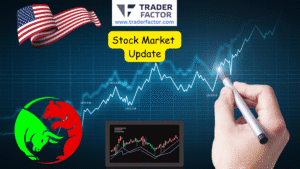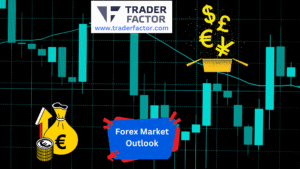A day after a volatile trading session, U.S. stocks ended mixed on Tuesday, with the Dow Jones Industrial Average slipping further into a bear market and the S&P 500 closing at its lowest in the year.
The Dow Jones Industrial Index dropped more than 100 points, or roughly 0.4%, while the S&P 500 declined by about 0.2% after falling below its intraday low on June 16. A notable exception was the tech-heavy Nasdaq Composite, which gained about 0.3% on the day.
The 10-year note is now approaching 4%, which is the highest yield since 2010; the 2-year Treasury note is now at 4.3%, which is a 15-year high. The CBOE Volatility Index (VIX), which gauges Wall Street’s anticipation of short-term market volatility, kept rising and reached its highest level since June 17 at number 32.
On Tuesday, investors were busy due to Fedspeak. Neel Kashkari, president of the Minneapolis Federal Reserve Bank, said in a live interview with the Wall Street Journal that he and his colleagues were “united” in taking decisive action to fight inflation.
“We are committed to restoring price stability, but we also recognize, given these lags, there is the risk of overdoing it on the front end, and so I think we are moving at an appropriately aggressive pace,” Kashkari said.
Charles Evans, president of the Chicago Fed, stated earlier in the day that although he does not believe that the labor market will experience “recession-like” conditions this year, the U.S. central bank will need to raise interest rates by at least another percentage point.
The market movements on Tuesday reflect Wall Street’s growing concern that the Federal Reserve’s initiative to raise interest rates in an effort to combat inflation will trigger a recession.
In a speech delivered last week in response to the central bank’s most recent policy announcement, chair Jerome Powell repeatedly warned of some “pain.”
“We have always understood that restoring price stability while achieving a relatively modest decline in unemployment and a soft landing would be very challenging and we don’t know whether this process will lead to a recession or if so, how significant that recession would be,” he said.
Strategists are pondering how much lower the indexes can go as the major averages have already fallen below their lows from June 16, as the Fed policymakers continue to raise interest rates and analysts start to lower corporate earnings expectations.
The S&P 500 is expected to reach a range of 3,000–3,400 later this fall, according to Mike Wilson of Morgan Stanley, one of the most pessimistic analysts on stocks. Wilson anticipates that an acceleration in negative earnings revisions in the coming months will drive stocks lower.
Disclaimer:
All information has been prepared by TraderFactor or partners. The information does not contain a record of TraderFactor or partner’s prices or an offer of or solicitation for a transaction in any financial instrument. No representation or warranty is given as to the accuracy or completeness of this information. Any material provided does not have regard to the specific investment objective and financial situation of any person who may read it. Past performance is not a reliable indicator of future performance.

















